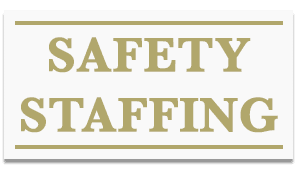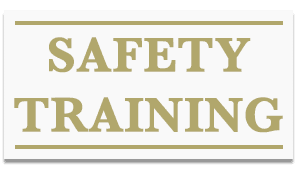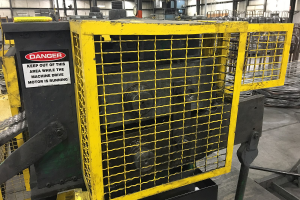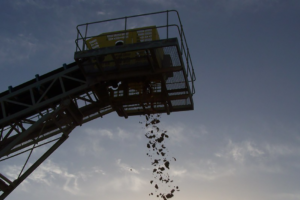Are You Ready For An OSHA Inspection?

This blog is targeting small employers, especially those involved with sheet metal fabrication. Of necessity, your work involves workers being close to the point of operation for many tasks. Spot welders, riveters, manual forming machines, etc. are all operations that often do not allow use of engineered safeguards like two hand controls, light screens, etc. Typically, your employees use safe holding techniques and must pay attention to not getting in the point of operation. Complicating matters even more is that you frequently have lots of product mix, often with small lot runs. All of these production issues are part of your reality.
Over the past few years, FDRsafety has been asked to represent a disproportionate number of small metal fabricating plants. OSHA sees great opportunity because your industry does realize finger injuries and amputations that are not realized in other companies where operators have automation and/or engineered safeguards to protect the point of operation. 29 CFR 1910.212(a)(1) requires “One or more methods of machine guarding shall be provided to protect the operator and other employees in the machine area from hazards such as those created by point of operation, ingoing nip points, rotating parts, flying chips and sparks.” That’s a pretty high bar to reach in metal fabrication.
For those who attended OSHA 10 hour and 30 hour-type courses in hopes of learning what you can do for technical issues, you probably left disappointed. Many, if not most safety courses, are designed for administrative issues of compliance. Technical courses by major safeguarding companies are usually targeted at those who have robots, control reliable systems and equipment that are not part of your world.
The good news is that FDRsafety can help. We use risk assessment and feasible risk reduction methodology that is part of the ANSI B11 family of general industry machine safety standards. These standards are referenced in OSHA publication 3170 on preventing amputations and on OSHA’s “etool” website https://www.osha.gov/SLTC/etools/machineguarding/bibliography.html
We recognize that your production may require a ring guard on a riveter being bypassed to produce certain parts. Without risk assessment and documentation of why the guard must be bypassed and a documented alternative method that achieves acceptable risk, you are ripe for OSHA citations. Our “Train-The-Trainer” approach teaches your management and staff how to do your own assessments that lead to machine specific documentation. Even better is that our process is simple. Risk assessment is done with a clipboard and pencil on the factory floor. Photos and sticky notes of failed attempts to produce feasible guards all suffice to give your organization answers to OSHA’s questions about why you did – or didn’t do – something.
Call us before you get hit with Serious or Willful citations. We can help.
FDRsafety offers unparalleled expertise in helping companies fully comply with OSHA requirements and address the current climate of heightened enforcement. For a FREE consultation, please contact us.





